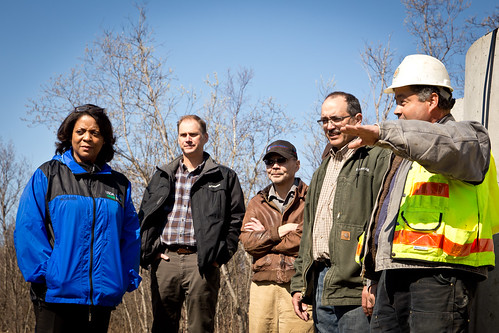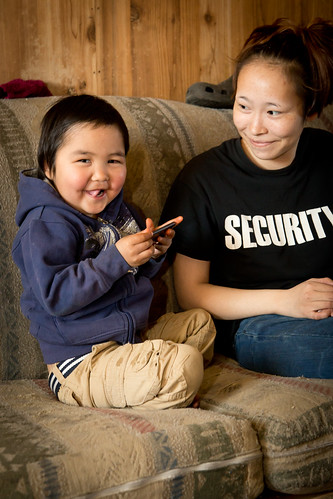
Life is challenging in Lower Kalskag, Alaska. An isolated village only accessible by plane or boat, or an ice road in the winter, Lower Kalskag's 300 residents have no running water or toilets and pay four and five times the price for goods you and I take for granted. A third of the population lives below the poverty level and over half of the population lacks year-round employment. Located past the southwest end of the snow-capped Portage Mountains on an icy bend of the Kuskokwim River, I was fortunate enough to visit Lower Kalskag and see first-hand the critical role USDA Rural Development plays in our most remote communities.
With assistance from our partner, the Alaska Native Tribal Health Consortium, USDA Rural Development is providing investment through our Rural Alaska Village Grant program to construct water and wastewater treatment facilities, as well as connect the residents of Lower Kalskag to the system. By 2017, this nearly century-old settlement will have indoor plumbing for the very first time.
Prior to arriving in Lower Kalskag, I purchased fresh fruit to bring as a gift, since produce is a luxury that is prohibitively expensive for this community. We were welcomed with open arms to their community center where we were given a project update by the engineering staff, followed by a community meal. Opening with a beautifully sung Russian Orthodox prayer, we shared in a meal of sandwiches and fresh fruit, along with baked fish and beaver stew. It was delicious.
I talked with Crim Evan, the Mayor of Lower Kalskag, who proudly proclaimed how much he was looking forward to banishing the 5-gallon buckets they'd been using for toilet facilities. The so-called 'honeybucket' will be a thing of the past once the facilities are finished, and Crim was genuinely grateful for our USDA Rural Development staff in Alaska who have worked so hard to finance this important project.
Bridging the historical subsistence culture of this Yup'ik village with modern sanitation takes large steps toward providing the underpinnings of economic stability. This infrastructure improves the economic viability of the village and improves the health and sanitation for the villagers. Really, that's the gossamer thread that unifies Lower Kalskag with other rural communities we serve – in Alaska and across our great nation – the need for access to clean water, safe and sanitary housing, and economic stability that allows rural residents to remain in the communities of their birth if they so choose. Through USDA Rural Development, Lower Kalskag is providing for that need.



